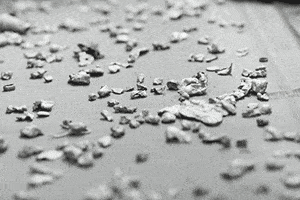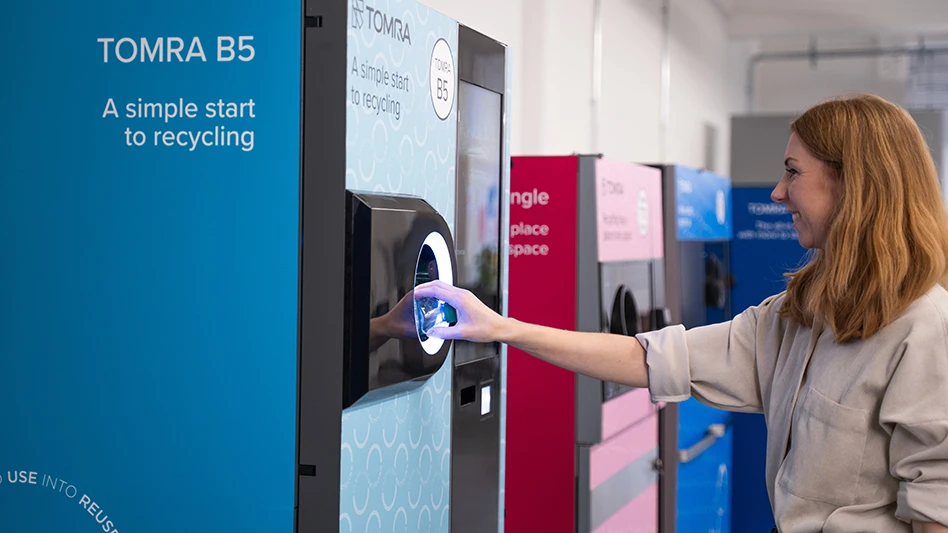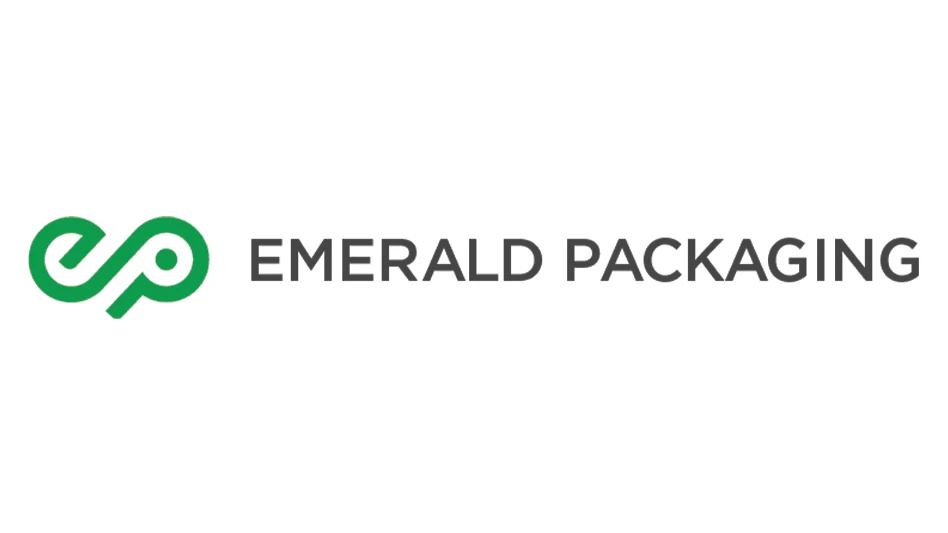
Steinert
Germany-based equipment manufacturer Steinert, with a U.S. subsidiary, Steinert US, based in Walton, Kentucky, says its new Chutec chute sorter rounds out the company’s portfolio of sensor-based sorting equipment for nonferrous metals. It allows the sorting of heavy metals down to a size of 5 millimeters.
While recovering nonferrous metals using the Steinert eddy current and sorting light and heavy metals in small grain sizes using the Steinert XSS-T are not new, the option of using X-ray fluorescence (XRF) to economically separate metals down to a fine grain of 5 millimeters and recover zinc, brass and copper, producing furnace-ready products, is, according to the company.

The Chutec can be used by operators of plants sorting heavy nonferrous metals (zebra) from incineration bottom ash (IBA) or automotive shredder residue (ASR). The objective of sorting remains the same—separating and upgrading nonferrous metals by type—but now the fine-grain fraction can be processed, too, the company says.
With Steinert Chutec, XRF analysis is used to identify and sort metals. The chute sorting system combines the signals from the XRF unit with 3D information to achieve a precise level of classification and separation. For larger heterogeneous material, the option of sorting with the Steinert KSS | XF belt-based machine has proven its reliability in practice, the company adds.
For more details, visit https://steinertglobal.com/metal-recycling/non-ferrous-metal-recycling.
Latest from Recycling Today
- ReMA urges open intra-North American scrap trade
- Axium awarded by regional organization
- China to introduce steel export quotas
- Thyssenkrupp idles capacity in Europe
- Phoenix Technologies closes Ohio rPET facility
- EPA selects 2 governments in Pennsylvania to receive recycling, waste grants
- NWRA Florida Chapter announces 2025 Legislative Champion Awards
- Goldman Sachs Research: Copper prices to decline in 2026





